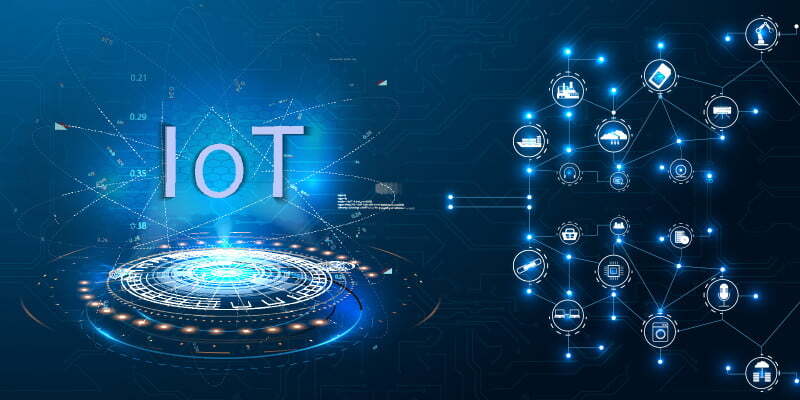Chia seeds are an ancient superfood coming back in recent years. These tiny seeds are packed with nutrients and offer various health benefits. In this article, we will explore the health benefits of chia seeds. From improving digestive health to aiding in weight loss, chia seeds are a versatile and healthy addition to any diet. We will also provide tips on incorporating chia seeds into your daily routine.
What are chia seeds?
Chia seeds are tiny black seeds from the Salvia hispanica plant, which is native to Mexico and Guatemala. They have been a staple food of the Aztec and Mayan cultures for centuries. The word “chia” comes from the Nahuatl word chian, which means “oily.”
Chia seeds are an excellent source of nutrients, including protein, fiber, omega-3 fatty acids, antioxidants, and calcium. They are also a good source of energy. One tablespoon of chia seeds contains about 120 calories and 5 grams of protein.
Chia seeds have a variety of health benefits. They can help you lose weight, lower cholesterol and blood pressure, improve digestive health, and increase energy levels. Chia seeds are also said to promote skin health and reduce the risk of some cancers.
Nutritional value
Chia seeds are an excellent source of nutrients. They are a good source of dietary fiber, protein, omega-3 fatty acids, and antioxidants. Just one ounce (28 grams) of chia seeds contains 11 grams of fiber, 4 grams of protein, and 18% of the Daily Value (DV) for calcium (1).
Chia seeds are also a good source of other minerals, including phosphorus, magnesium, manganese, and zinc (1). One ounce of chia seeds has 32% of the DV for phosphorus, 30% of the DV for magnesium, and high levels of manganese and zinc (1).
Health benefits
Chia seeds are a nutritional powerhouse. Just one ounce (28 grams) of chia seeds provides 11 grams of fiber, 4 grams of protein, 18% of the RDA for calcium, and 27% of the RDA for phosphorus. Chia seeds are also a good source of zinc, copper, and manganese.
The health benefits of chia seeds are due to their high nutrient and antioxidant content. Chia seeds can improve heart health, reduce inflammation, stabilize blood sugar levels, and promote weight loss.
Chia seeds are high in fiber which can help to keep you regular and promote gut health. Combining soluble and insoluble fibers in chia seeds can also help lower cholesterol levels.
The omega-3 fatty acids in chia seeds are beneficial for heart health. They can help to lower blood pressure and LDL (bad) cholesterol while increasing HDL (good) cholesterol levels. Omega-3 fatty acids also have anti-inflammatory effects, which can be helpful for conditions like arthritis or Crohn’s disease.
The high antioxidant content of chia seeds helps to protect cells from damage and may help to reduce the risk of some chronic diseases like cancer or heart disease. Antioxidants also have anti-aging effects and can help to improve skin health.
Chia seeds are a good source of protein essential for tissue repair and growth. Protein is also necessary for the production of enzymes and hormones.
How to eat chia seeds
Chia seeds are an excellent source of dietary fiber, protein, and essential vitamins and minerals. They can be eaten whole or ground into a meal or flour. Chia seeds can also be soaked in water or juice to make a gel-like substance that can be used in place of eggs or oil in recipes.
To eat chia seeds, simply add them to your favorite food or beverage. You can also soak them in water or juice overnight to create a gel-like substance. Chia seeds can also be ground into a meal or flour and used in recipes.
Soaking chia seeds before eating them helps to improve their digestibility and nutrient absorption. When soaked, chia seeds swell and form a gel-like substance that contains all of the nutrients from the seed. This makes it easier for your body to absorb the nutrients from the chia seed and reduces any potential digestive issues.
If you are looking for a nutritious way to add more fiber and protein to your diet, try adding chia seeds to your favorite foods and beverages. You may be surprised at how versatile and delicious they are!
Recipes with chia seeds
Chia seeds are a nutritional powerhouse. A small amount packs a severe punch of fiber, protein, antioxidants, and omega-3 fatty acids. They’re also incredibly versatile and can be used in sweet or savory dishes. Here are some recipes to get you started:
-Chia Seed Pudding: This simple pudding is a great way to start your day or enjoy it as a light dessert. Just combine chia seeds with milk (dairy or plant-based), the sweetener of your choice, and any desired flavorings. Let it sit for a few minutes to thicken, then enjoy!
-Chia Seed Jam: Don’t feel like cooking? No problem! Whip up a quick and healthy jam using chia seeds. Simply combine equal parts berries and chia seeds, then add a little sweetness (honey, agave nectar, etc.) to taste. Let it thicken for 10-15 minutes, then spread it on your favorite toast or crackers.
-Chia Fresca: Also known as “Mexican Gatorade,” this refreshing beverage is perfect for hot summer days. Combine chia seeds with water and freshly squeezed lime juice. Add sweetness if desired, then let it sit for about 15 minutes so the chia seeds can plump up. Pour over ice and enjoy!
Conclusion
Chia seeds have many health benefits, which is why they have become such a popular health food in recent years. Chia seeds are high in fiber and protein and are also a good source of omega-3 fatty acids. This combination of nutrients makes chia seeds an excellent addition to any diet. If you’re looking for a healthy snack or breakfast option, consider adding chia seeds. You’ll get all the nutrients your body needs to stay healthy and energized all day.




